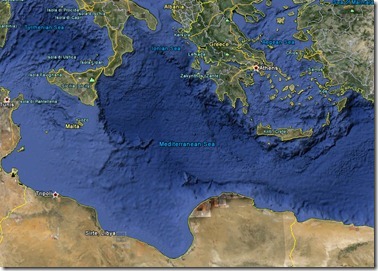The Memory and Identity Working Group, University of California, Berkeley is hosting a lecture entitled “Mining for Solomon” by Professor Steven Weitzman (Stanford University) on Tuesday, September 6, 2011, 4:00 pm, 254 Barrows Hall.
After a century-long search for traces of the historical King Solomon, archaeologists have recently claimed to locate the possible source of his fabled wealth in southern Jordan. Has scholarship at last found evidence of the real King Solomon? Weitzman’s presentation will address this question by exploring the pre-history of the archaeological quest for Solomon, a quest with surprisingly important historical consequences that go beyond our understanding of the biblical past.
For other upcoming lectures sponsored by the group, see their website.
Trinity Evangelical Divinity School invites the public to a lecture by William G. Dever entitled “The Golden Age of Solomon: Fact or Fancy?” The lecture will be held on Monday, October 3, 2011 at 7:00 pm in Hinkson Hall, Rodine Building. A flyer may be viewed here (pdf).
HT: Jack Sasson, A.D. Riddle

